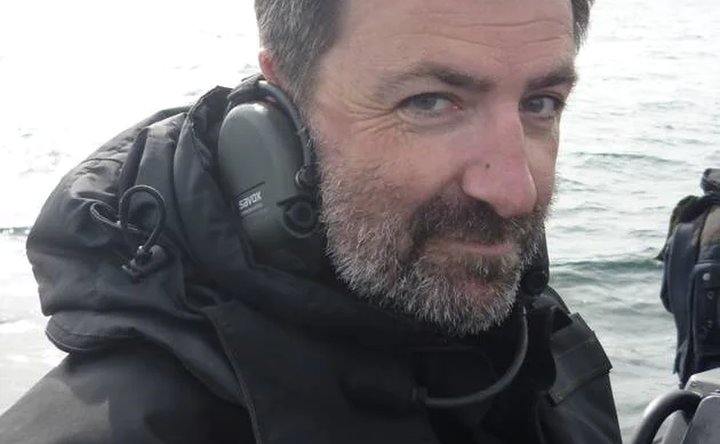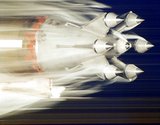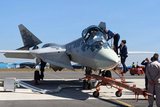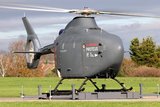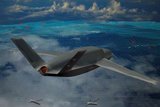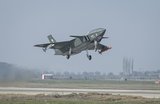France and UK eye mutual benefits from potential RAF secondments
French Air and Space Force KC-130J flown by the Rhin-Rheine Squadron based in Normandy. (Photo: Jean-Marc Tanguy)
Shephard has learned that initial staff-level feasibility discussions are taking place between the RAF and French Air and Space Force with a view to sending UK crews on secondment to France.
A number of RAF platforms — notably the Puma HC2 helicopter, E-3D Sentry and C-130J Super Hercules — will be phased out in the next few years, while the same aircraft will remain in service for longer in France.
Secondment seems an elegant solution for both countries: it would save France the expense of training pilots and aircrew, while the RAF crews would retain flying time while they
Already have an account? Log in
Want to keep reading this article?
More from Air Warfare
-
![Brazilian Air Force conducts first live fire of Meteor missile from Gripen E]()
Brazilian Air Force conducts first live fire of Meteor missile from Gripen E
The major milestone for the beyond-visual-range air-to-air missile was conducted in November and expands the capabilities of the air force’s growing Gripen E fleet.
-
![India finally powers up engine production as it prepares to talk platforms with Putin]()
India finally powers up engine production as it prepares to talk platforms with Putin
Engine technology has been thrust into the spotlight ahead of Russian President Vladimir Putin’s visit to India this week, with the Su-57, S-400 and Kamov-226 expected to be high on the agenda.
-
![Leonardo’s Proteus concludes ground tests with maiden flight on horizon]()
Leonardo’s Proteus concludes ground tests with maiden flight on horizon
The technology demonstrator forms part of a wider effort to help the Royal Navy explore the potential of uncrewed systems supporting its existing crewed aviation platforms.
-
![Airbus MQ-72C Lakota Connector progress on track ahead of pending USMC decision]()
Airbus MQ-72C Lakota Connector progress on track ahead of pending USMC decision
The MQ-7C uncrewed aircraft is currently undergoing further internal flight tests ahead of a government test event anticipated for next year.
-
![November Drone Digest: GA-ASI eyes Middle East for Gambit, Edge Group unveils new UAVs]()
November Drone Digest: GA-ASI eyes Middle East for Gambit, Edge Group unveils new UAVs
In November 2025, GA-ASI unveiled a new Gambit variant, the Gambit 6, and appears to be pitching the aircraft series to various customers in the Middle East, which is a fast-emerging CCA market. The Dubai Airshow also saw the unveiling of various Emirati aircraft from Edge Group.
-
![Baykar’s Kizilelma drone makes progress with first air-to-air kill]()
Baykar’s Kizilelma drone makes progress with first air-to-air kill
This test is the latest milestone achieved by the indigenous drone, destroying a target using a beyond-visual-range missile.






